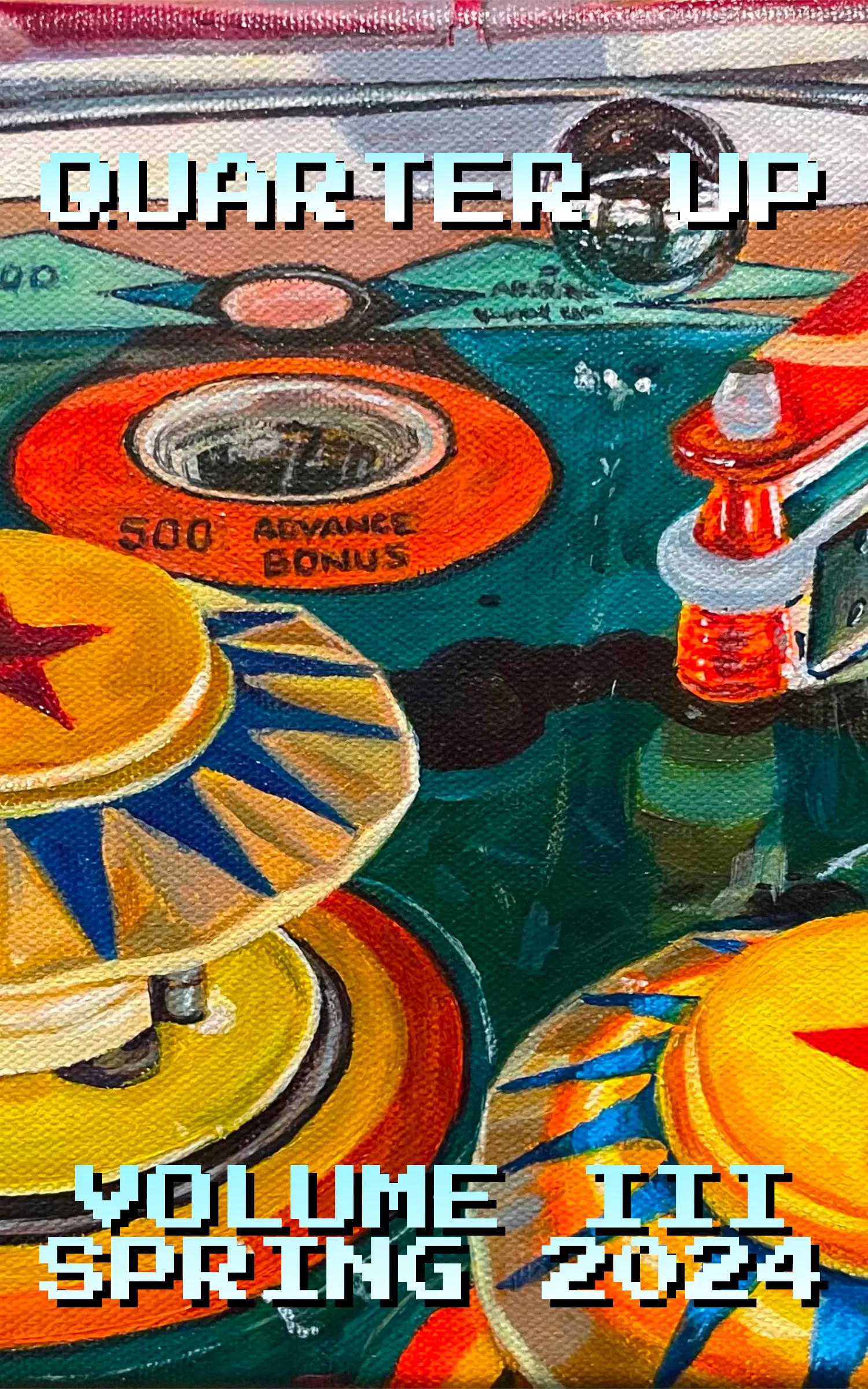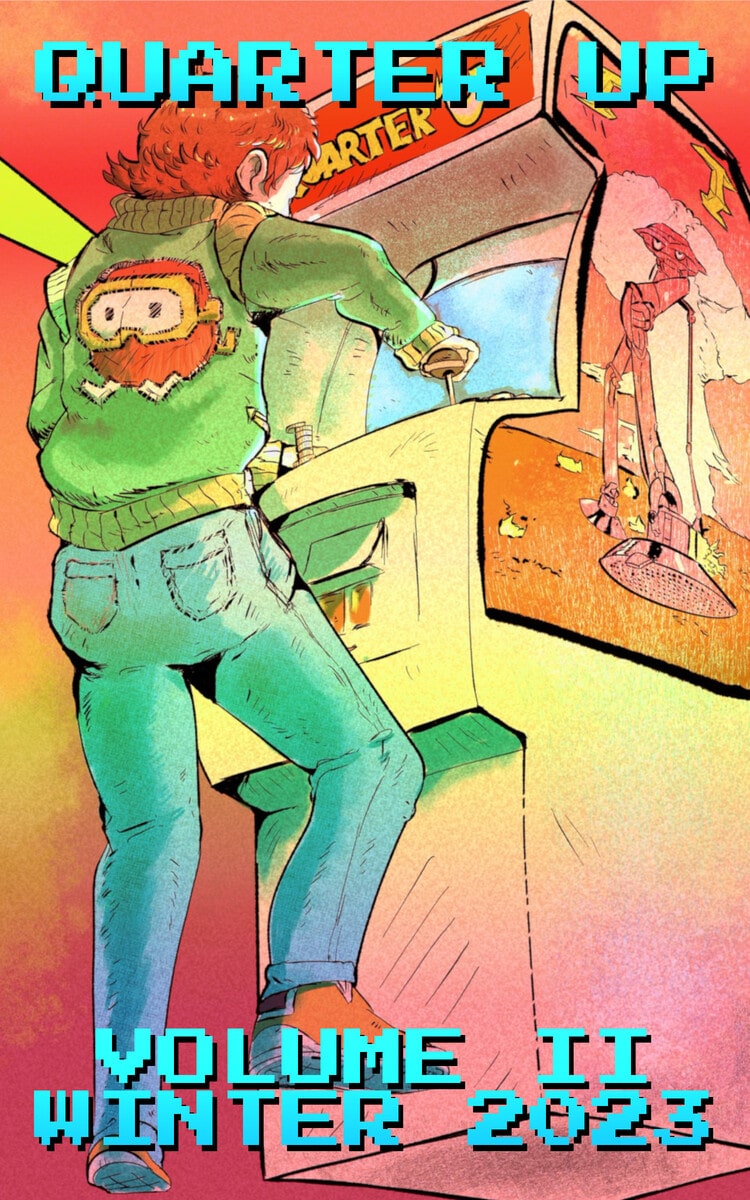I read The Count of Monte Cristo some years ago, and it remains one of my favorite novels. This year, I committed to read The Three Musketeers. I chose a Librivox audiobook narrated by Mark Smith, since I had enjoyed his recording of Tarzan of the Apes.
The audiobook used a public-domain translation which apparently toned down or removed the more risque parts of the story. If you want to read or listen to an audiobook (which I recommend), I guess try to find a more modern translation, even if you have to pay for it. The Librivox recording is of high quality, with excellent narration.
I very much enjoyed the story. The true pleasure of the novel is the bond between D'Artagnan and the musketeers, and discovering their personalities. Much like Little Women, this is a novel that you remember for the characters. On top of that, you get to know the "lackeys" of the four. I had assumed the lackeys would be irrelevant to the plot, instead, they all manage to play a role in the larger story.
#Milady
The most interesting character for me was the villain Milady. My opinion of her swung wildly across the story.
(SPOILERS)
About a third of the way through the book, D'Artagnan becomes smitten with Milady. He disguises himself as Milady's lover, the Comte de Ward, to have sex with her. This is glossed over in the translation I listened to, but I was alarmed when I read about it in a separate summary. What D'Artagnan does would now be considered rape, and it's no wonder Milady flies into a rage when she discovers the truth.
In another chapter, D'Artagnan's melancholy friend and father-figure Athos confides his own dark past: years before, he was a count, and married a young girl from his village. He later discovered this girl had been branded on her shoulder as a felon. Athos cut her clothes off and had her hanged. Ashamed to his core by the scandal, he renounced his title, took on the name Athos, and joined the Musketeers. Later, it's revealed that Athos' wife survived the hanging, and became Milady.
I can accept the explanation that Athos, as a nobleman, was bound by duty to carry out the execution. Still, in the moment of reading, what he did felt pretty damn brutal. I suppose I was thinking of Jean Valjean in Les Miserables, or the people who were sent to penal colonies for breaking a plate in a burglary.
All of that's to say that I started the second half of the book feeling like maybe Milady had been wronged a little bit, and may have had some reasons for seeking revenge on D'Artagnan and friends. I was accustomed to modern storytelling convention, which has no patience for purely evil characters. If the story were written today, the branding would have been treated as a tragic misunderstanding.
I hate to say it, but when Milady is captured in England on her way to assassinate the Duke of Buckingham, part of me was hoping she'd escape and get away with it.
I was sobered up by the end, when Milady has mercilessly poisoned Madame Bonacieux, and when we hear the Executioner's story. At that point, I was disabused of my notion that Milady was some victim of circumstance. If Athos had not discovered Milady's brand, she would have ruined him, too, if not killed him.
All I can do is give my compliments to Dumas' writing talents: just like the character Felton in the later chapters, I had been thoroughly seduced by the character of Milady. Milady's latest victim...was me!
#Conclusion
I'm glad to have finally read The Three Musketeers. I am encouraged to try to find some of Dumas' less-popular stories, including The Last Cavalier at some point.



That's a good point, thank you.